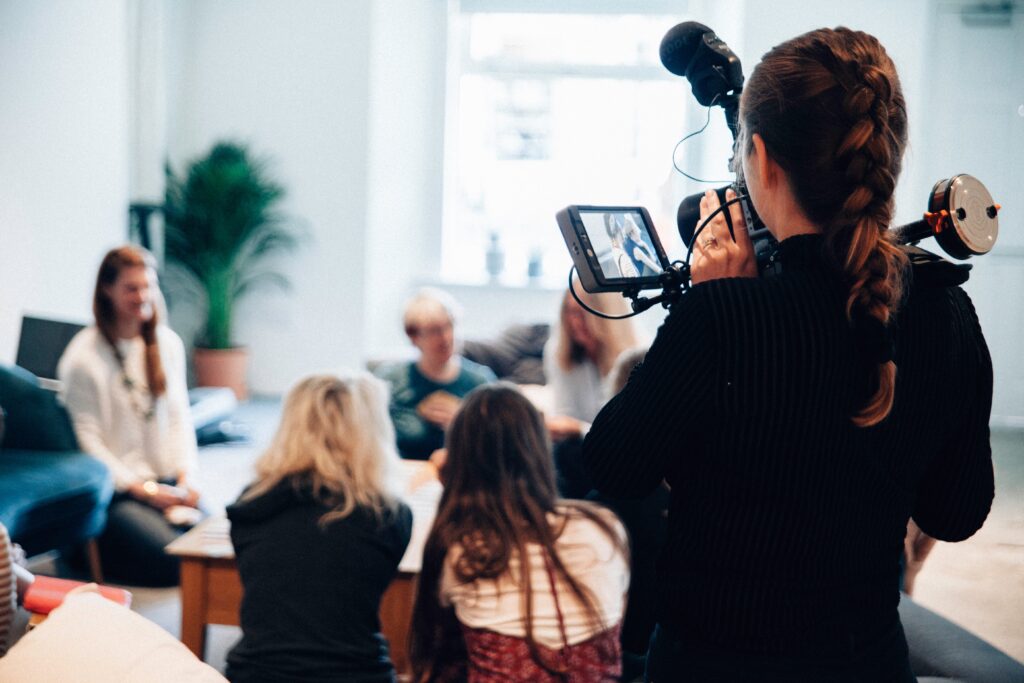Find out how educational videos can be used to cater to diverse learning styles. Learn how to harness their power for effective learning.
Harnessing the Power of Educational Videos for Different Learning Styles
In a world where all and any information is just a click away and digital screens are a significant part of our daily lives, audiences are starting to recognize the power of educational videos in teaching. These videos aren’t just another addition to the digital landscape; they are redefining how learners of different styles engage, understand, and retain complex topics.
A universal tool for learners of all ages
Each and every learner is unique. While some find it easier to grasp content through reading, others might thrive more through listening or visualizing. Catering to these different learning styles has always been a challenge for educators. This is where educational videos come in. These tools are the perfect amalgamation of text, sound, and visuals, giving any type of learner something they can enjoy.
- Visual Learners: For those who learn best by seeing, videos provide a rich array of charts, diagrams, and animation. Complex processes or abstract concepts often become clearer when demonstrated visually in this way.
- Auditory Learners: The combination of narration with visuals allows auditory learners to engage with the content through listening, which helps to reinforce understanding.
- Kinesthetic Learners: While videos can’t replace hands-on activities, many now incorporate interactive elements in their videos. This engages kinesthetic learners by prompting them to take actions, such as quizzes or interactive exercises.
Enhancing engagement and retention
The dynamic nature of videos often makes them more engaging than traditional textbooks. With the use of colorful graphics, relatable examples, and even humor, educational videos can make learning not just effective but enjoyable. Studies have shown that the human brain can actually process images 60,000 times faster than text, making the combination of multiple sensory inputs particularly effective in teaching.
Bridging gaps and offering accessibility
For students with special educational needs or those who might face language barriers, educational videos offer an unparalleled advantage. With features like subtitles, variable playback speeds, and visual cues, they become an inclusive tool, ensuring that everyone has equal access to quality education.
The future of education
As we move further into the digital age, it’s clear that educational videos will play an increasingly vital role in shaping the academic journeys of learners across the globe. They provide flexibility, allowing students to learn at their own pace and revisit content whenever they want. They also bring the potential to break geographical barriers, making world-class education accessible to all.
Conclusion
Harnessing the power of educational videos isn’t just a trend – it’s a necessity. As educators, parents, and stakeholders in the future of our world, it’s our responsibility to recognise and utilise these resources to their fullest, ensuring that every student, irrespective of their learning style, gets the best education possible.
For those looking to develop their own educational videos, agencies like Perspective Pictures are experts in video production, helping to make learning fun for viewers of all ages and learning styles.

